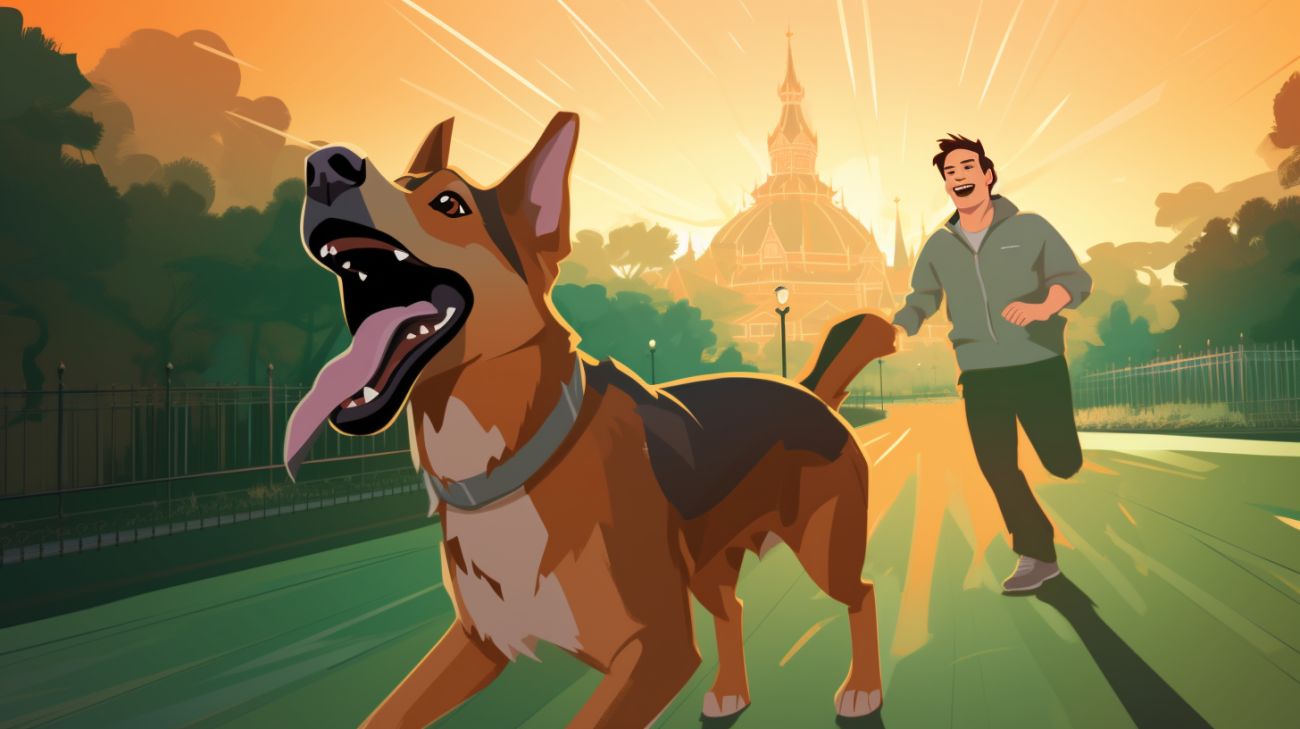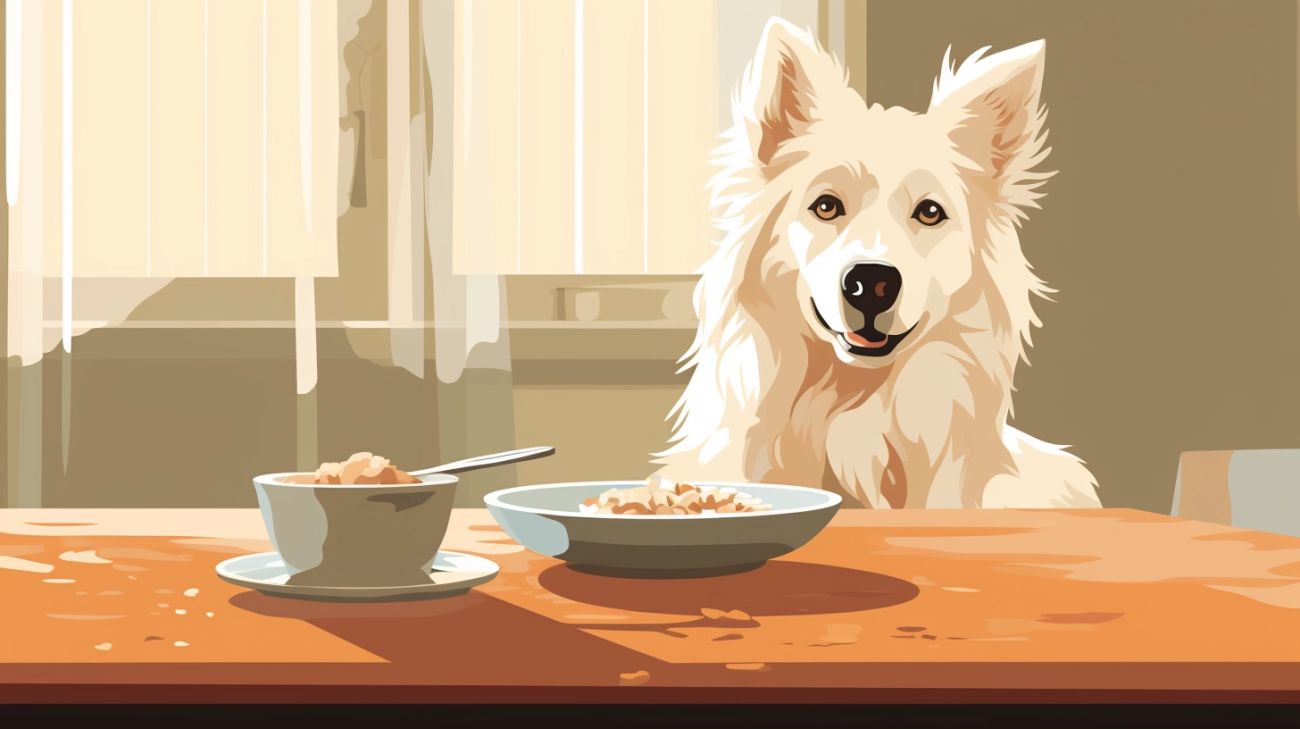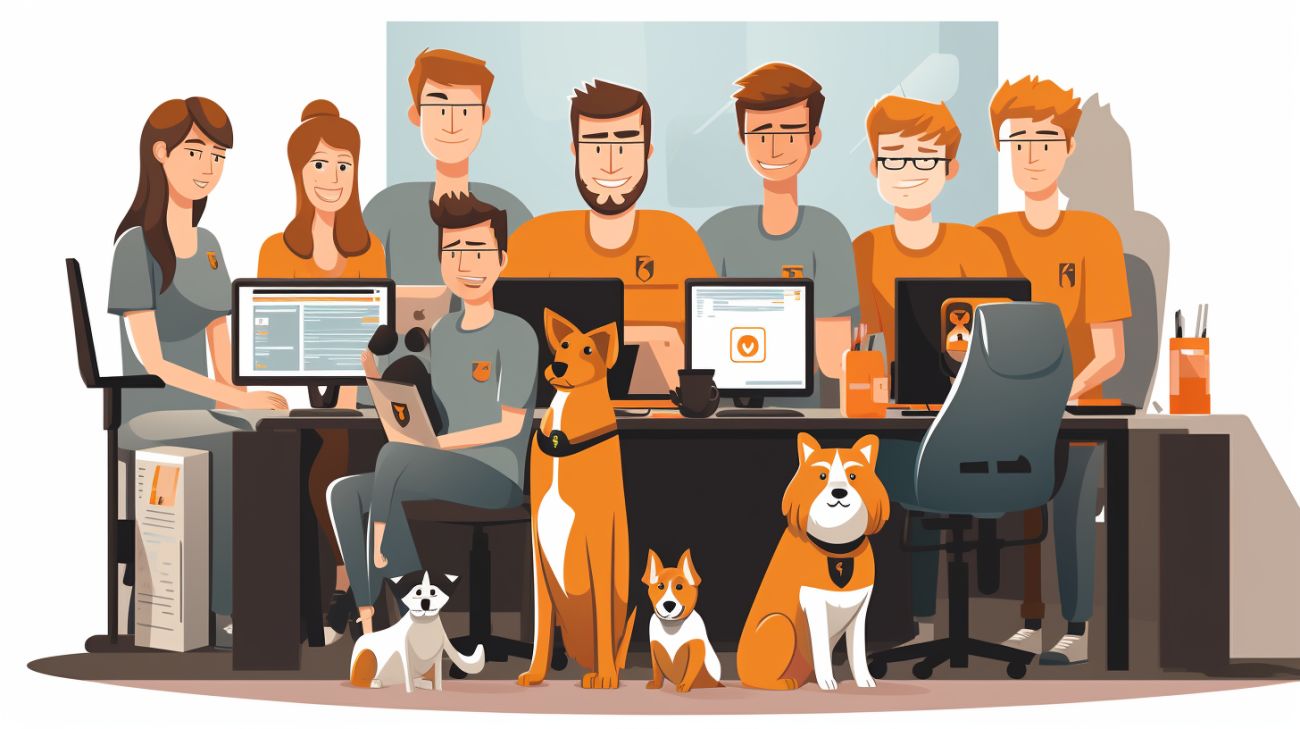Key takeaways
It's a pet parent's worst nightmare when you realize your beloved pet is missing. Finding them can feel like an impossible task.
One of the reasons why it's so tricky is because of their behavior when they're lost. This is called 'lost dog syndrome.'
We're exploring exactly what this means, why it happens, what you can do to help your dog, and how to find your lost dog if they're still missing.
Quick Navigation
What is lost dog syndrome?
Increased fear and nervousness around people
Disinterest in people and even owners
Sole focus on finding food and shelter
Hiding

Why does lost dog syndrome happen?

How to help your dog when they return home
Respect their boundaries
Rigid body
Baring teeth
Puckered lips
Squinting eyes
Tail down
Body lowered
Ears back
It's important to read your dog's body language and let them have the time and space they need to fully relax. Without the opportunity to relax, they will remain in fight-or-flight mode.

Create a safe space
Provide hiding places: Ensuring there are plenty of nooks and crannies that your dog can squeeze into can help them regulate their stress and fear. Under beds, cardboard boxes, and covered dog beds can all be great options.
Put your dog's favorite toys in there: Your dog's favorite toys will smell like home and can help comfort and relax your pup and trigger their memory, helping them return to their normal state.
Provide familiar-smelling blankets and clothes: Scent is very important to our pups, and the most comforting smell will be of their territory and pack. That's you! So blankets, clothes, and bedding are a good way to relax your pup and remind them that your home is safe.
Provide food and water: Your dog's survival instincts will be telling them to find food and water, so to calm them down, ensure there is fresh food and water available. You can also offer a few of your pup's favorite treats!
Choosing one room dedicated to your dog's rest and recovery is essential.

Keep the house calm and secure
Don't have visitors over: Introducing more people into your dog's territory, especially strangers, is a surefire way of adding to their stress. For a few days, or until your dog is back to normal, ensure only family are in the house.
Keep noise levels down: Loud noises can startle your pup and trigger their survival mode. To prevent this, avoid playing loud music, having construction work done, and hosting parties.
Don't have other pets in the house: Other pets and animals create a stressful environment for your dog. Not only will they have to avoid the people in the house, but they will also want to avoid the pets, making it difficult for them to feel safe and comfortable. Keep existing pets in a separate room.
Keep doors and windows closed: Because your dog's fight-or-flight instinct is still triggered, they may try to escape again. This is the last thing you need! Be sure to keep the house secure and block any potential escape routes.

Give them all they need
Fresh food and water
Toys
A dog bed
Company when they want it
Space when they want it
Their grooming needs met

How to find a lost dog
Spread the message
Pin up lost dog posters: Download PetRadar's free, personalized missing dog poster to save some time designing your flyer. This will include a unique QR code, which means passers-by can simply scan the code with their smartphone to report a sighting, meaning you don't need to publish any private contact details.
Knock door-to-door: Sometimes, the best way to motivate your neighbors to join in with the search is to talk to them directly. You can show them photos of your pup and provide all the information they need to keep an eye out.
Post on social media: Joining local groups of WhatsApp and Facebook can be an incredibly effective way of spreading the message of your lost pup to hundreds of people living nearby.

Start a PetRadar search
Send you a personalized, free, and printable missing dog poster: We create an expertly-designed missing pet poster for your pup. It'll have all of the information you submit, as well as a QR code that passers-by can scan to report a sighting. This means you don't have to share your personal contact details with the public.
Offer constant support and guidance: Our team of pet lovers will be there for you every step of the way. We'll instantly notify you when a sighting is reported, send you updates on your search every 12 hours, and provide you with hundreds of articles full of advice.
List your missing pet on our website: We'll create a listing of your lost dog on our website. This means if anyone finds your pup and searches for lost dogs in the area, the listing will pop up, and they'll be able to contact you.

Physically search for them
Bring treats, toys, and blankets: The strong smell of their territory on their toys and blankets can help your dog find you. Similarly, the smell of their favorite treat is likely to lure them back to you!
Check quiet places: Your dog has likely found an isolated and quiet place to hide from potential predators and other people, so be sure to check abandoned buildings, sheds, garages, and bushes.
Check your neighbors' backyards: If your pup disappeared from your home, it's likely they haven't gone too far. Thoroughly searching your neighbor's backyards and even houses is a good place to start!
Search at dawn and dusk: It's much more effective to search at quieter times of the day, as it's more likely your dog is out and about and exploring.

FAQs
What is the lost dog mentality?
The lost dog mentality refers to the fight-or-flight mode, or 'survival mode' that dogs experience when they are missing, because of their fear and anxiety. It means they'll avoid interactions with people and animals, and instead will be focused on finding shelter and food.
Can dogs be traumatized from being lost?
Yes, dogs can be traumatized from being lost. They may have been frightened by traffic, other animals, and other people, and the memory of this can make them feel anxious and unsafe even in their own homes.
How does a lost dog behave?
A lost dog will usually behave in a frightened and anxious way, avoiding interactions with other people and animals and finding a secure hiding spot. However, if you've got a particularly confident dog, they may be doing the opposite!
Where is a lost dog most likely to go?
A lost dog is most likely going to find somewhere isolated and sheltered to hide. When their adrenaline kicks in, they may try to find their way back home.
Do lost dogs usually come back?
Many lost dogs do come back home, but you shouldn't rely on this. Instead, you should report your dog missing and actively search for them to increase your chances of getting them home.



